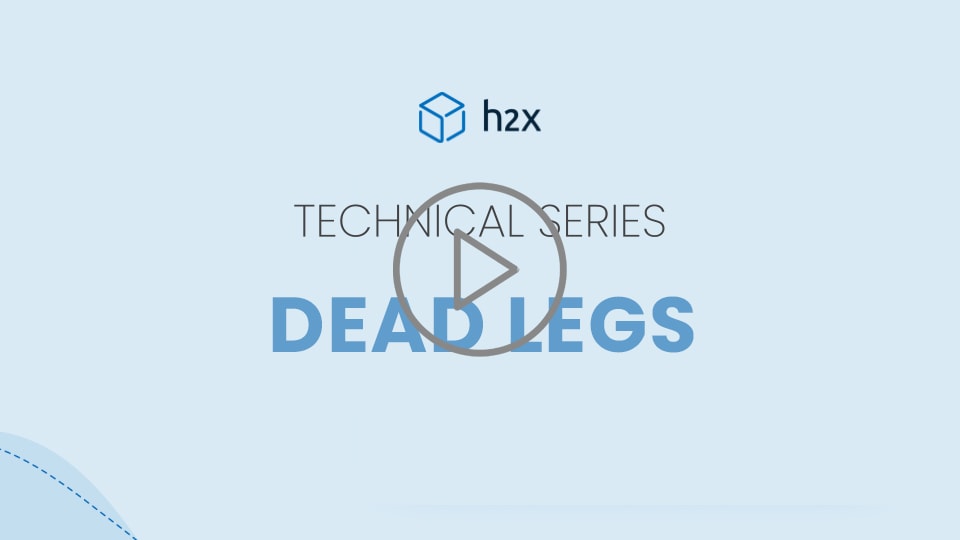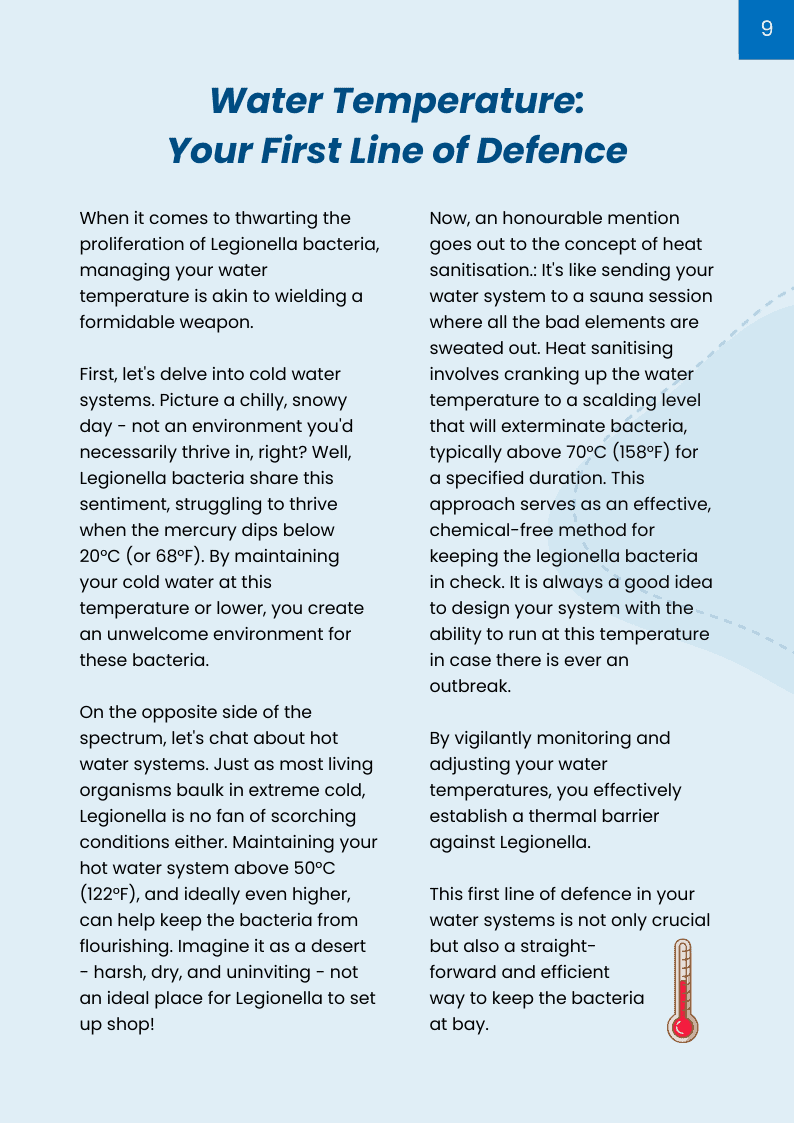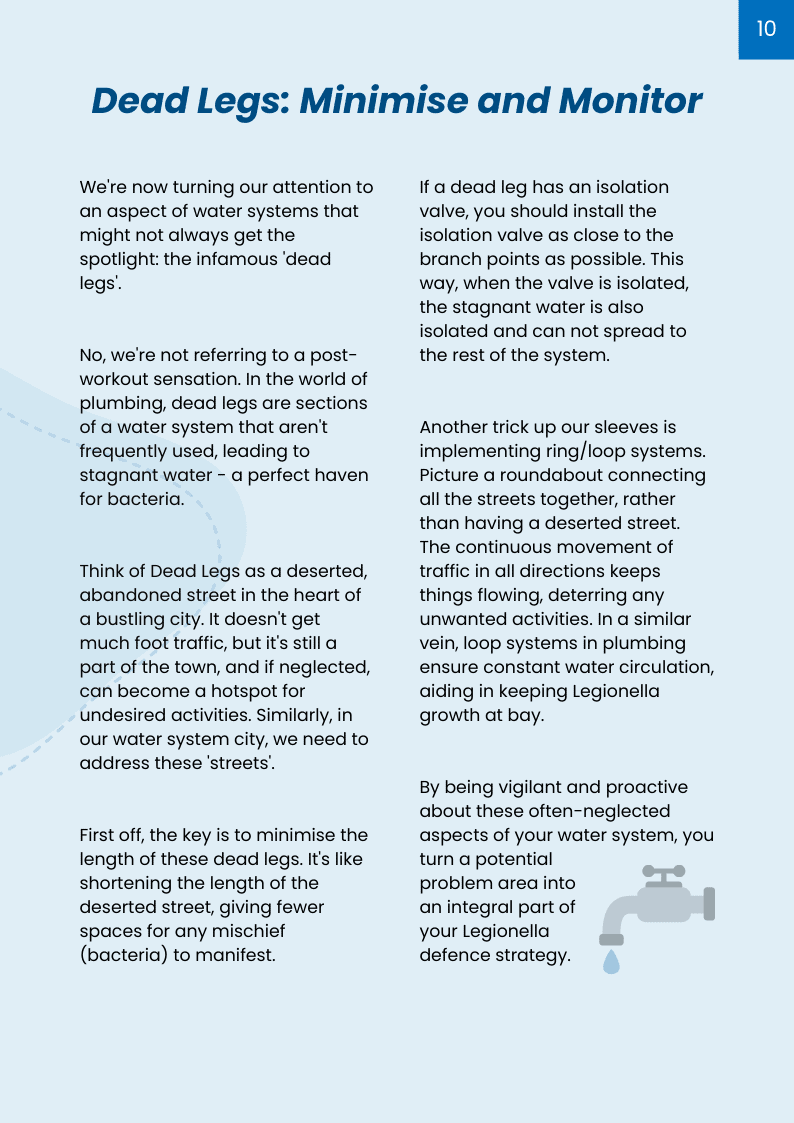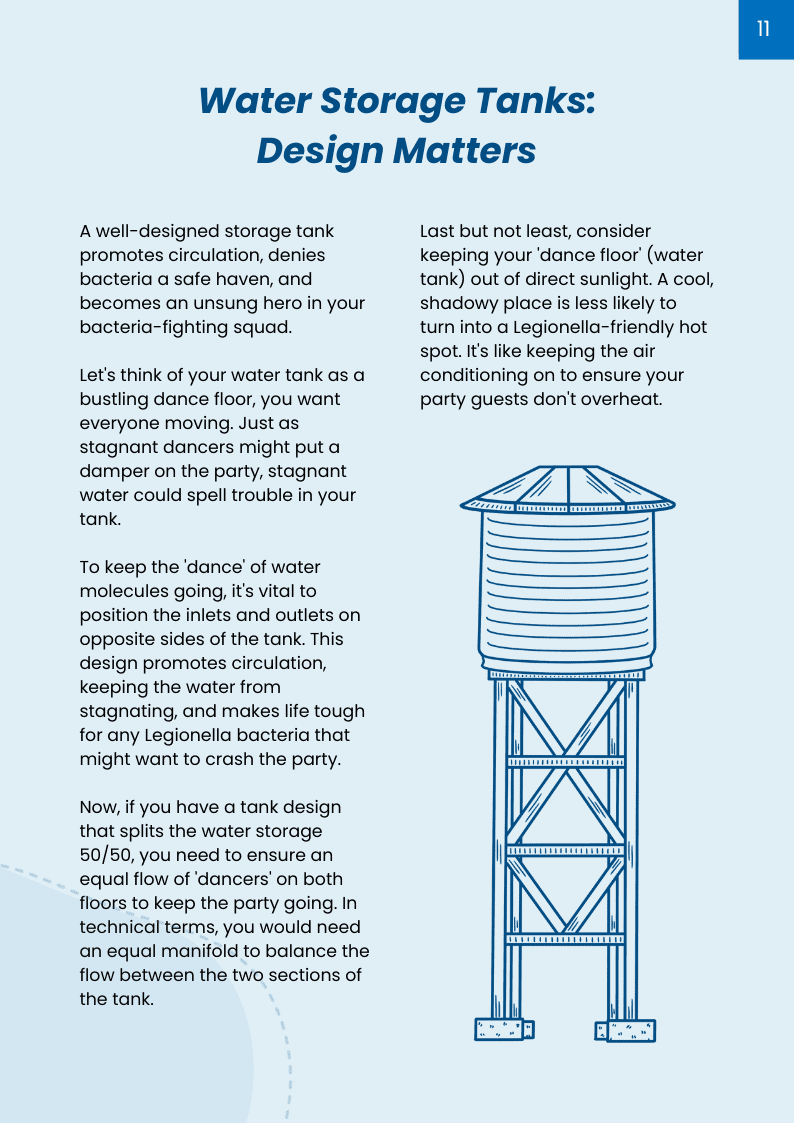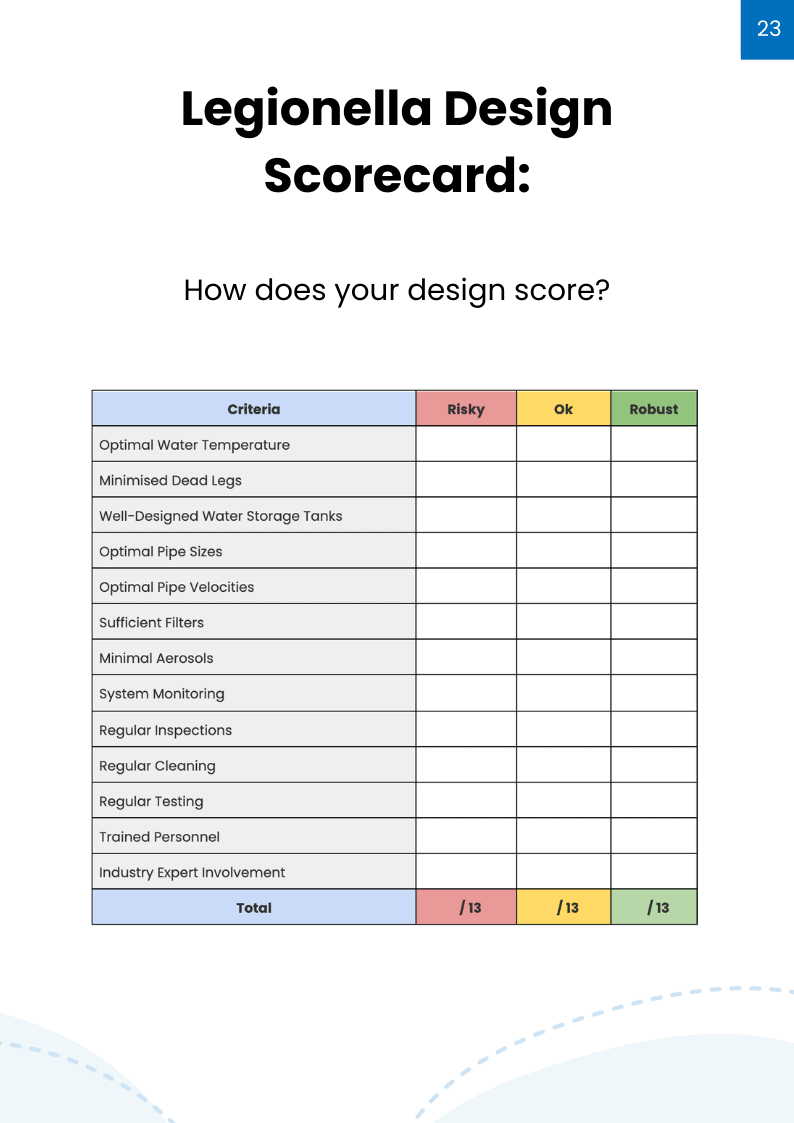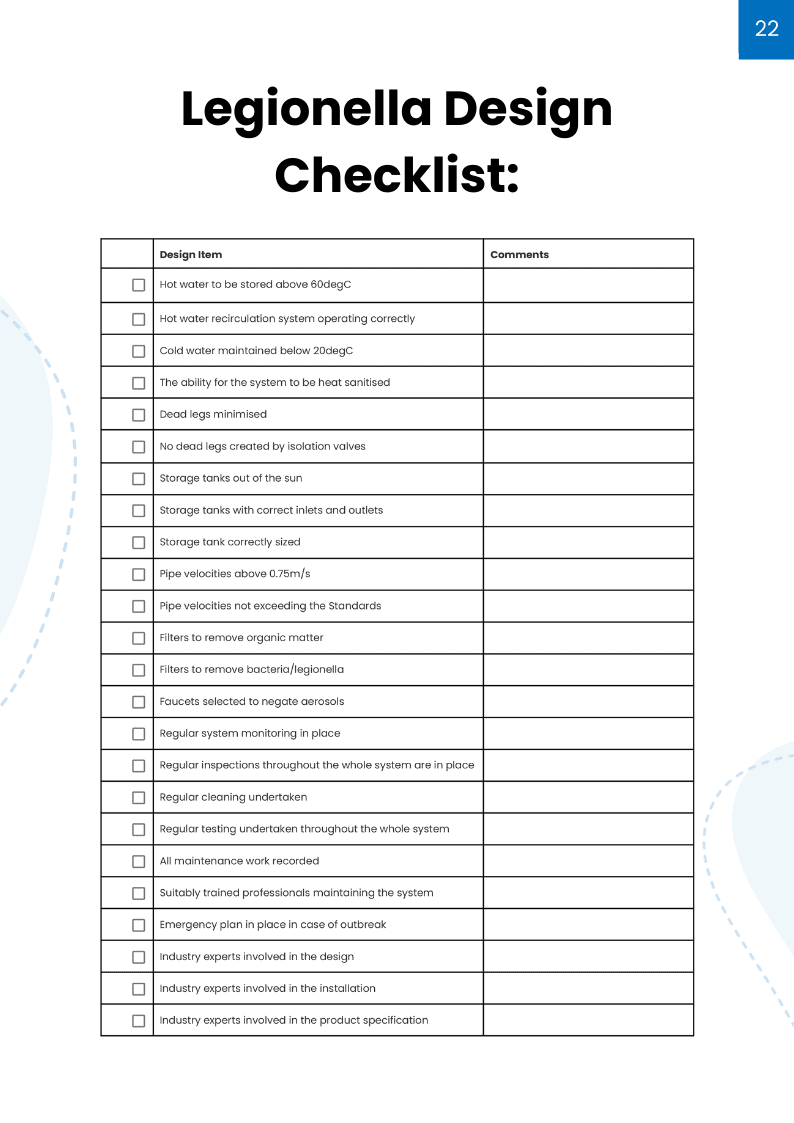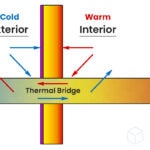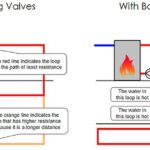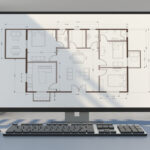
Understanding Mixing Valves, Tempering Valves, and TMVs
Step into the realm of plumbing valves and find out everything you need to know about mixing valves, which includes uncovering the distinctions between tempering valves and thermostatic mixing valves (TMVs).

Introduction
Welcome to our deep dive into the world of plumbing valves!
In this blog, we’ll explore the requirements and intricacies of mixing valves, including the differences between tempering valves and thermostatic mixing valves (TMVs).
Understanding these valves, which are essential components in modern plumbing systems, is crucial for ensuring safety, efficiency, and compliance with regulatory standards.
What is a Mixing Valve?
A mixing valve stands as a fundamental component in modern plumbing systems.
Its primary function is to blend hot and cold water to achieve a warm outlet temperature.
This mechanism is vital in preventing scalding by regulating water temperature, particularly in showers and baths.
How Does a Mixing Valve Work?
It operates by adjusting the balance between hot and cold water inputs, providing a consistent output temperature.
Inside the valve, a control element, such as a diaphragm or a thermostatic element, responds to the incoming water’s temperature and pressure.
The valve adjusts the hot-to-cold water ratio based on the desired pre-set temperature.
This mechanism ensures a consistent output temperature, safeguarding against sudden fluctuations that could lead to scalding.
The valve dynamically compensates for changes in water pressure and temperature, maintaining a stable and comfortable water temperature for the user, regardless of variations in the plumbing system.

The above table shows the 60°C and 10°C water ratio required to create 40°C water.

This table shows the 55°C and 5°C water ratio required to create 40°C water.

This table shows the 65°C and 20°C water ratio required to create 40°C water.
Why Create Hot Water to Cool it Down?
Water in plumbing systems is heated to high temperatures, often above 60°C (140°F), primarily to control the growth of Legionella bacteria, which thrive in warm but not hot environments.
This high temperature effectively inhibits the bacteria, reducing the risk of Legionnaires’ disease. However, such high temperatures pose a scalding risk to users.
To resolve this, mixing valves are used to reduce this hot water to a safer, warm temperature by blending it with cold water.
This ensures the water at the point of use is at a comfortable and safe temperature, balancing the need for Legionella control with the prevention of scalding.
Where are Mixing Valves Required?
Mixing valves are not just a matter of convenience but a regulatory requirement in many scenarios.
They are mandated in various building codes, especially in settings where there is a risk of scalding, such as in hospitals, schools, and elderly care facilities.
The goal is to maintain safety and comfort across all water usage points.
Optimal Placement of Mixing Valves
The placement of mixing valves is critical for their effective operation.
Ideally, they should be installed as close as possible to the point of use.
This placement minimises the dead leg of mixed water, reducing the risk of bacterial growth and ensuring quick response to temperature changes.
Click here to watch h2x’s webinar on Dead Legs.
What is a Tempering Valve and How Does It Work?
A tempering valve is a specific type of mixing valve.
It fine-tunes water temperature by blending hot water with cold to reach a pre-set temperature.
This valve is particularly useful in preventing extreme temperature variations, making it an ideal choice for environments requiring precise temperature control.
What is a TMV and How Does It Work?
Thermostatic Mixing Valves (TMVs) take safety and precision a step further.
They blend hot and cold water to a safe temperature and maintain this temperature even when the incoming water temperatures fluctuate.
A TMV uses a thermostatic element to sense the outlet temperature and adjusts the mix automatically, providing an additional layer of safety.
TMVs also have a fail-safe mechanism that shuts off the water flow if the cold water supply fails, preventing dangerously hot water from being delivered.
Free Legionella eBook
TMV vs. Tempering Valve: Understanding the Differences
While both TMVs and tempering valves serve to mix hot and cold water, TMVs offer higher precision and safety.
TMVs are typically used in more demanding environments, like healthcare facilities, where maintaining a constant temperature is crucial.
On the other hand, tempering valves are more common in residential settings where the requirements are less stringent.
Conclusion
In conclusion, understanding the differences and appropriate applications of mixing valves, tempering valves, and TMVs is essential for any plumbing engineer.
These components play a pivotal role in ensuring safety, compliance, and efficiency in plumbing systems.
We hope this guide helps you make informed decisions in your plumbing projects.

h2x is a design tool built to ensure compliance, efficiency, accuracy and collaboration.
The software automates flow rate, velocity, pressure, pump duty, plant size, and recirculation system calculations, freeing you from tedious math.
Focus on your project design while it handles these intricate computations seamlessly.
The user-friendly interface by h2x aids engineers in creating top-notch designs and improving productivity, ensuring compliance with industry standards.
This software has sized extensive pipe networks globally, totaling millions of kilometers in various projects.
Book a demo or start a free trial with h2x today to discover how we can help you improve your design and calculation workflow!
Frequently Asked Questions
What does ‘TMV’ stand for?
TMV stands for Thermostatic Mixing Valve.
It’s a specialised type of valve designed to precisely control water temperature, ensuring safety and comfort in plumbing systems.
What is the primary purpose of a mixing valve in plumbing systems?
Mixing valves blend hot and cold water to deliver it at a safe and consistent temperature, helping prevent scalding while ensuring comfort.
How does a thermostatic mixing valve (TMV) differ from a standard mixing valve?
A TMV includes a thermostatic element that automatically adjusts the mix of water in response to temperature changes, maintaining a stable output and providing a fail-safe against scalding.
Why is water heated to high temperatures in plumbing systems if it needs to be cooled down for use?
Heating water to high temperatures is essential to prevent the growth of Legionella bacteria.
Mixing valves then cool this water to a safer, warm temperature for end use, balancing health safety with user comfort.
Where should a mixing valve be installed in a plumbing system?
Ideally, mixing valves should be installed close to the point of use to minimise the length of mixed water in the pipes, reducing bacterial growth risk and ensuring rapid temperature response.
Can a mixing valve help in reducing the risk of Legionnaires’ disease?
Yes, by allowing water to be stored and circulated at high temperatures, inhibiting Legionella growth, and then reducing it to a safe temperature, mixing valves indirectly help reduce the risk of Legionnaires’ disease.
Are mixing valves required by building codes or regulations?
In many regions, building codes mandate the installation of mixing valves in certain settings, such as residential homes and healthcare facilities, for safety reasons.
How often do mixing valves need maintenance or replacement?
The maintenance frequency depends on water quality and usage and typically includes regular checks for scale buildup and operational testing.
Replacement intervals vary but should be part of routine plumbing system inspections.
What should be considered when setting the temperature on a mixing valve?
The set temperature should balance safety to prevent scalding (typically around 40°C or 105°F) and effectiveness in controlling bacteria while adhering to any specific building or health and safety regulations.
Can mixing valves be adjusted after installation?
Yes, most mixing valves allow for post-installation temperature adjustments to suit user preferences or comply with updated safety standards.
What happens if the cold water supply to a TMV fails?
If the cold water supply to a TMV fails, the valve will shut off the flow of hot water as a fail-safe measure to prevent scalding.
h2x: All-In-One Tool for Calculating, Designing, Estimating, and Paperwork

What's in the Pipeline?
Get technical resources delivered to your inbox weekly!
Testimonials
What Installers Say
What Consultants Say
A game changer for the humble plumber. Incredible.
Brad Winkel
Director at Queenstown Plumbing
Brilliant, simple and easy to use. Game changer.
James Major
Director at Hubb
Big time game changer to the industry!
Viv Jude
Director at UHC
Incredible software! Super user-friendly and allows you to save so much time.
Devni Gamage
Engineer at DMA
h2x is great software, our company use it nearly every day. It is easy to use with direct conversion from h2x to Revit.
Callum Craig
Engineer at WDE
h2x is fantastic software. It is very easy to use and the ability to output to Revit is a fantastic time saver.
Joe Kirrane
Engineer at MEP

